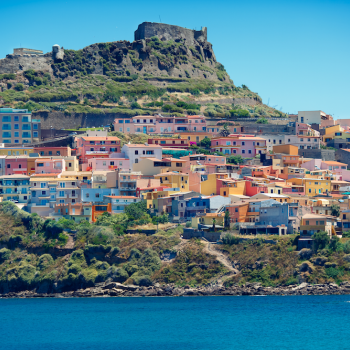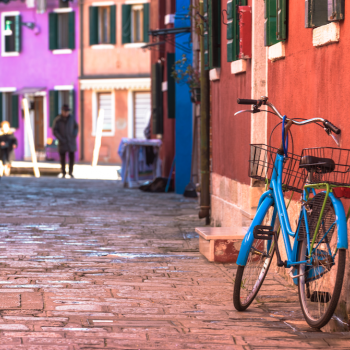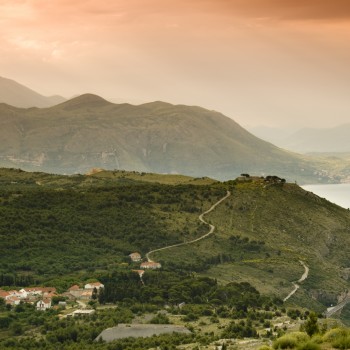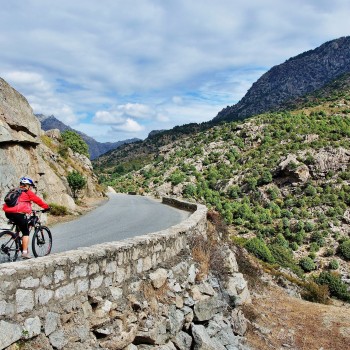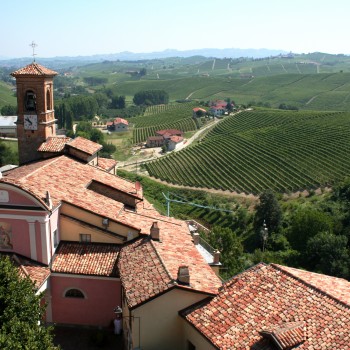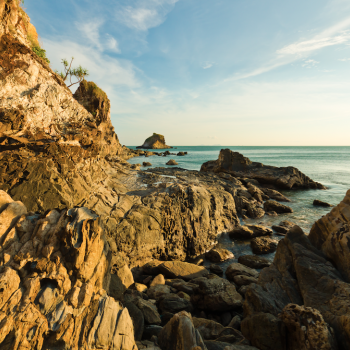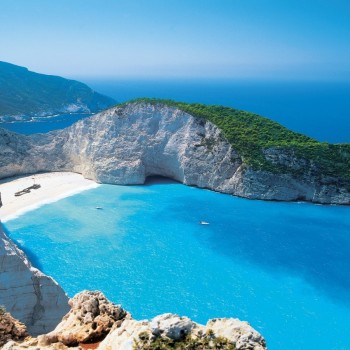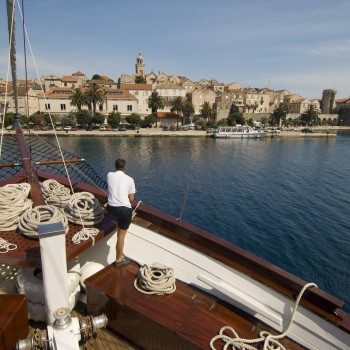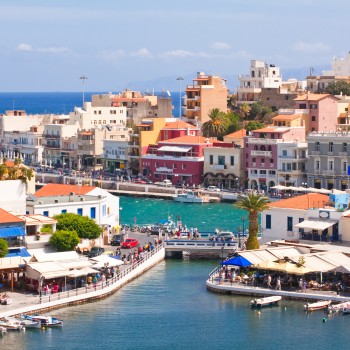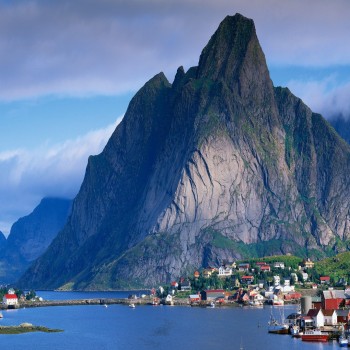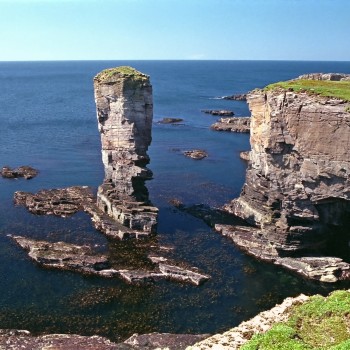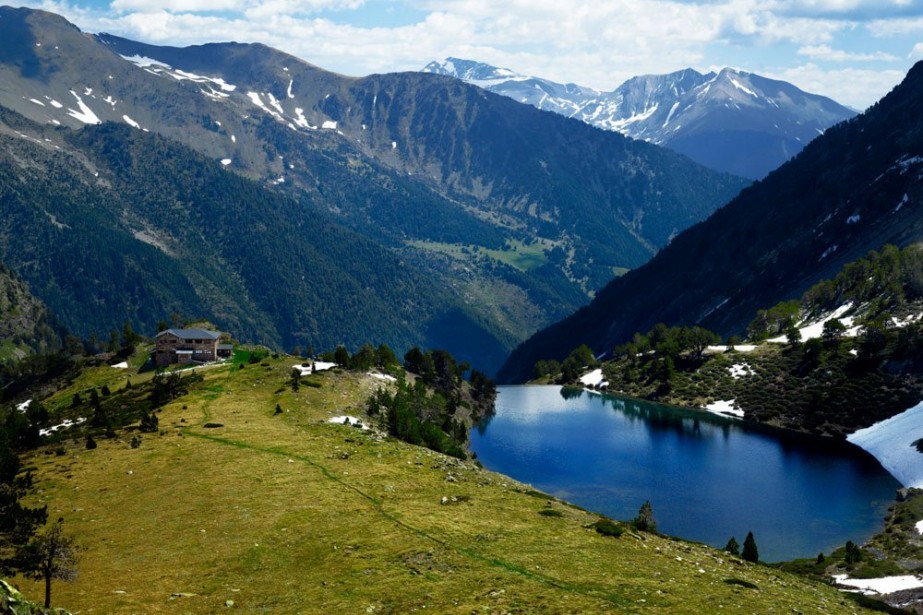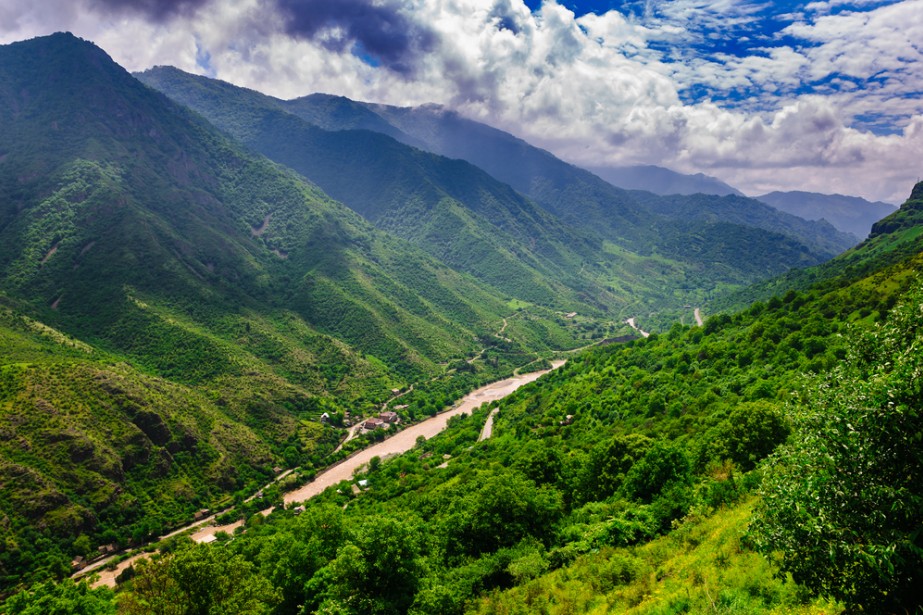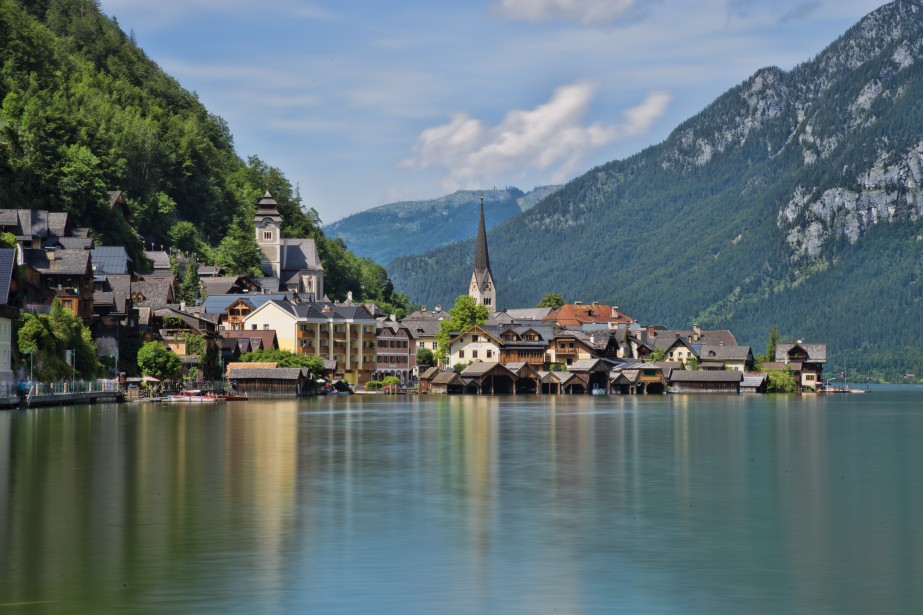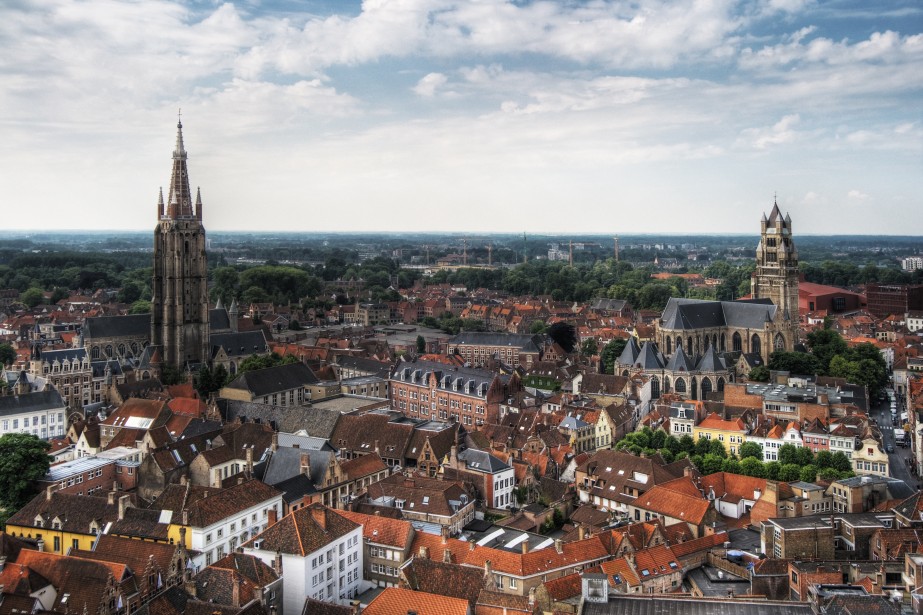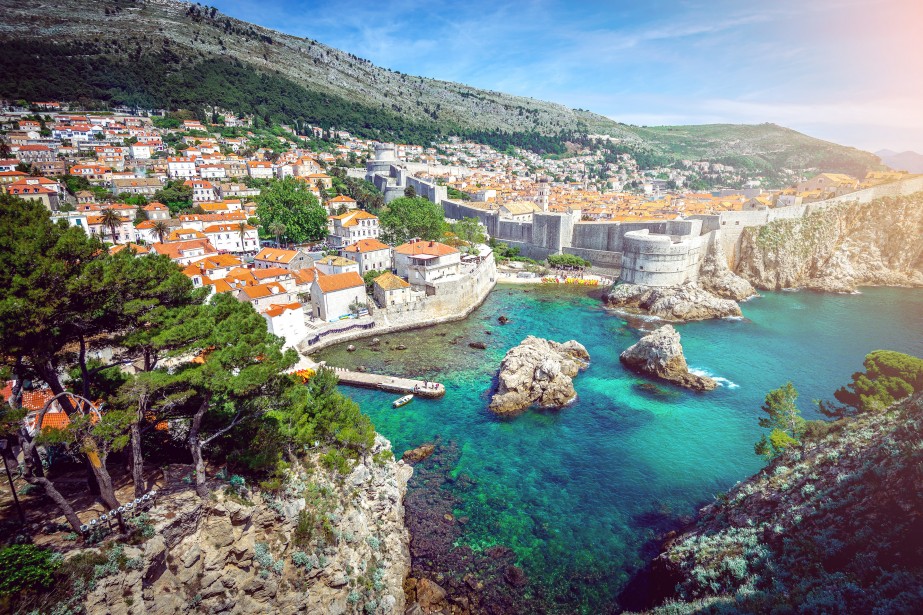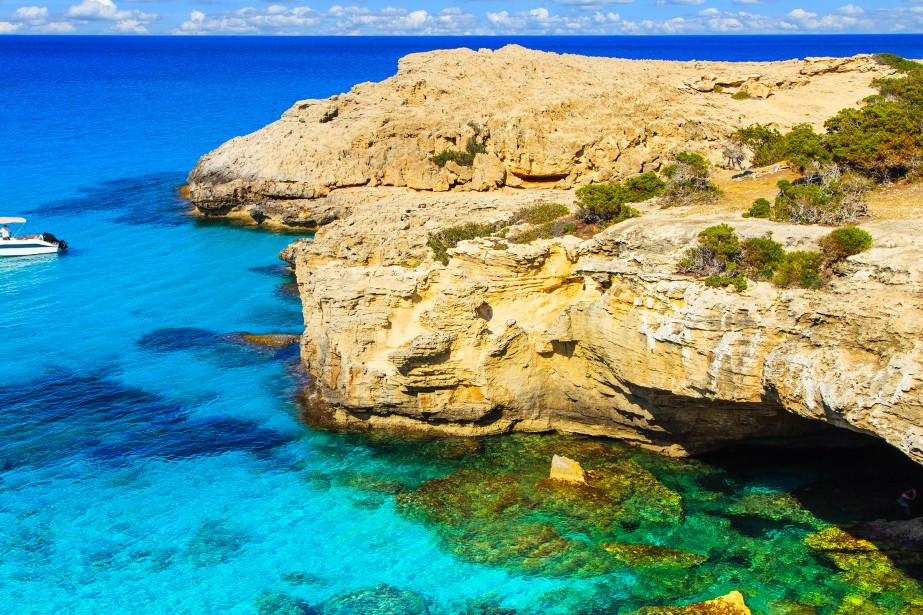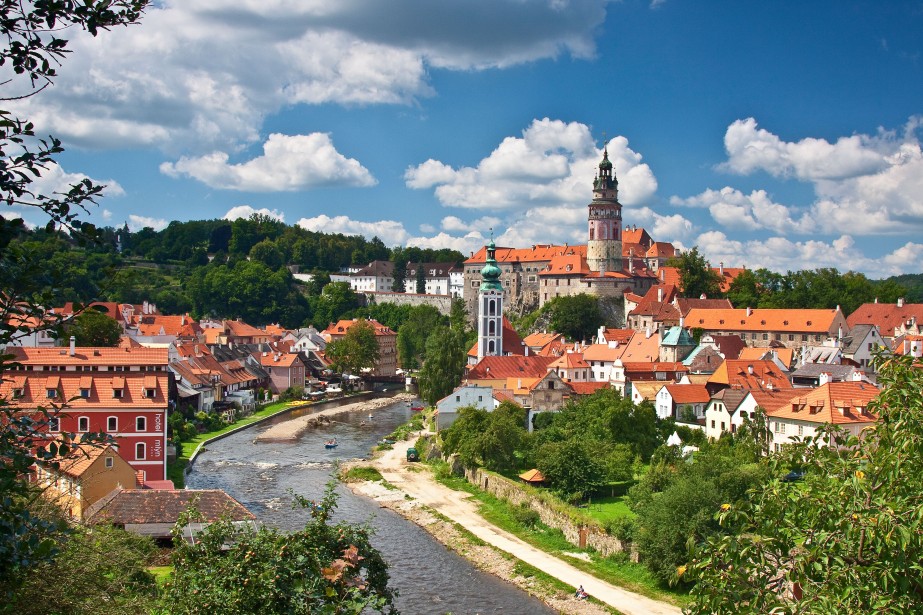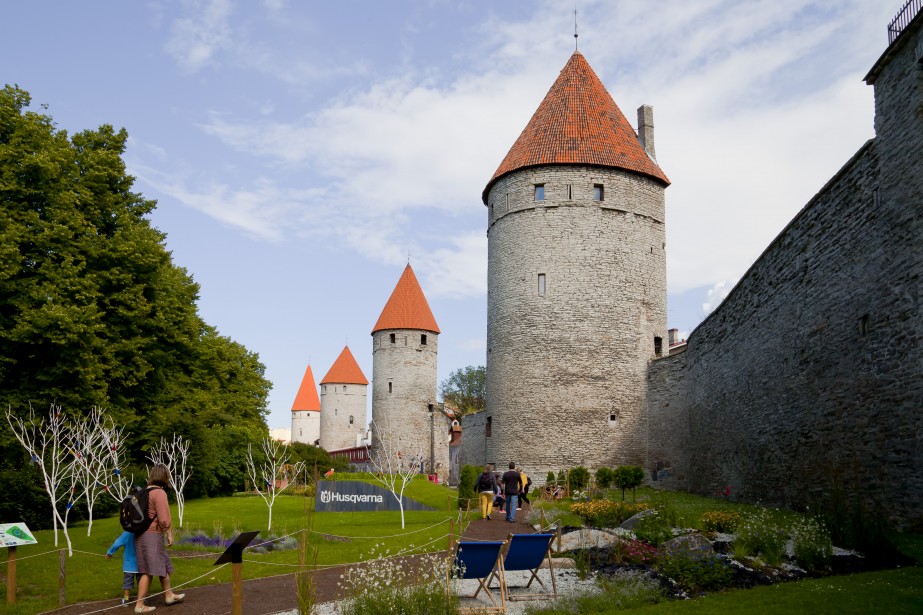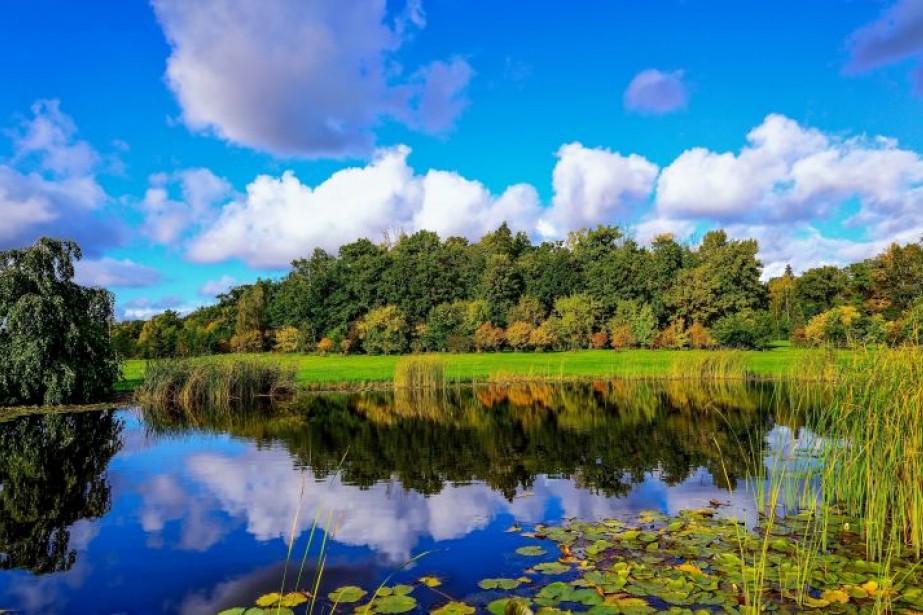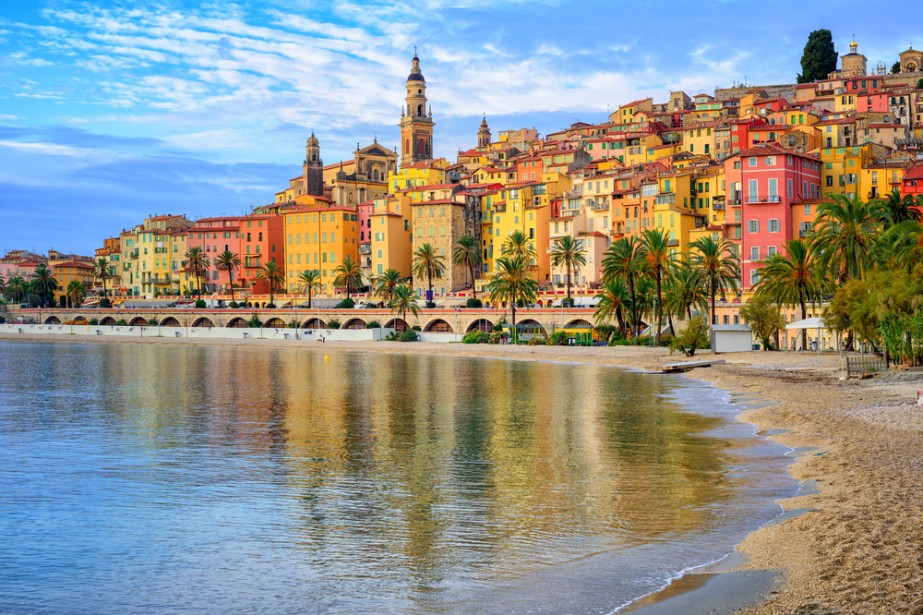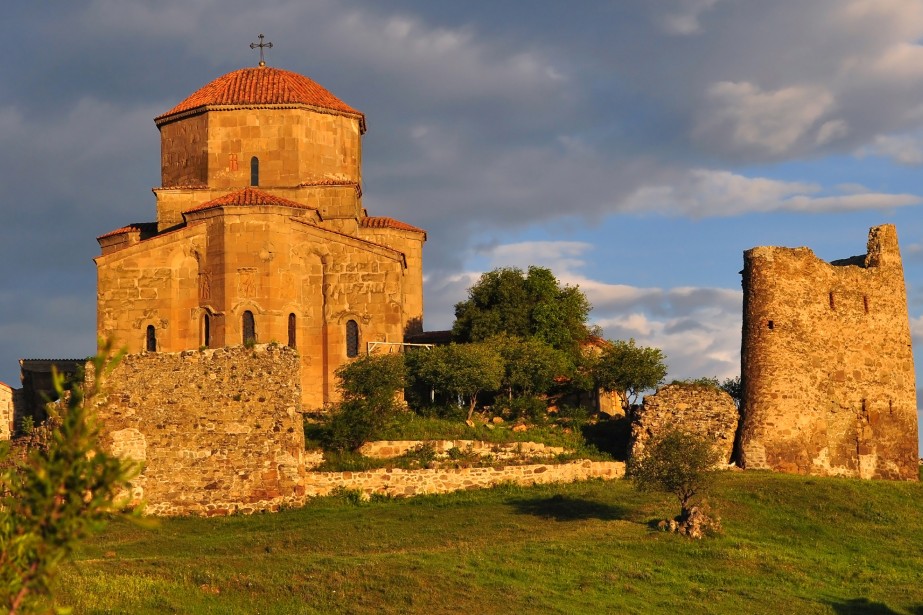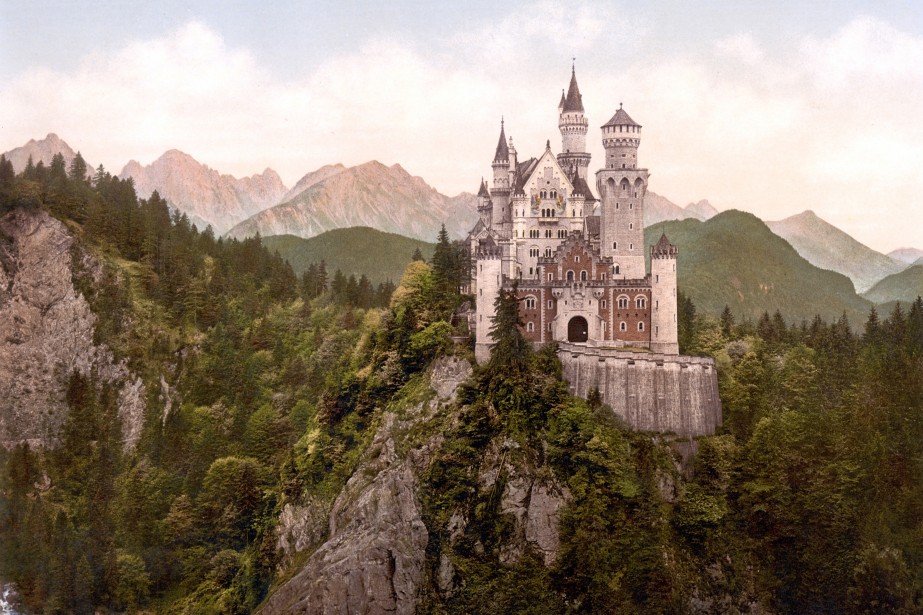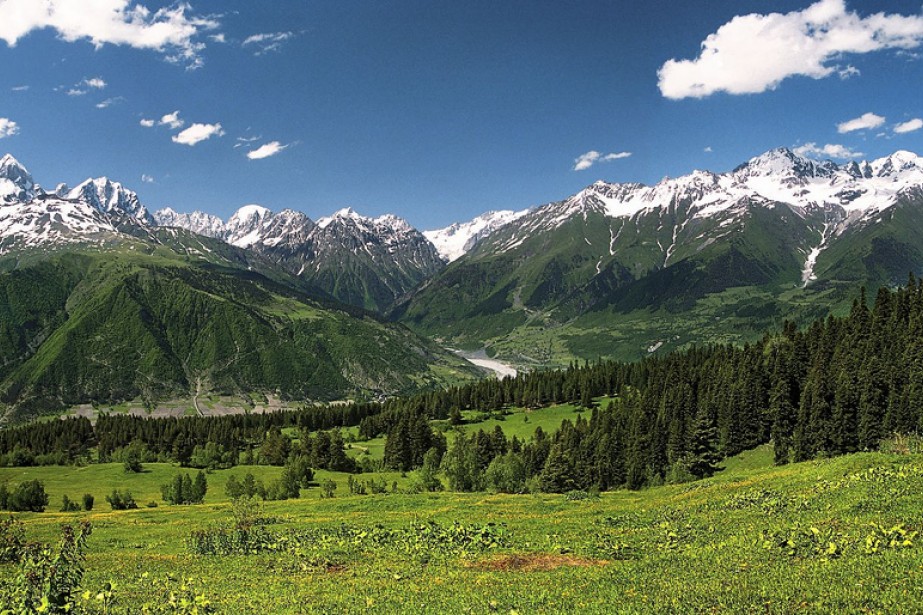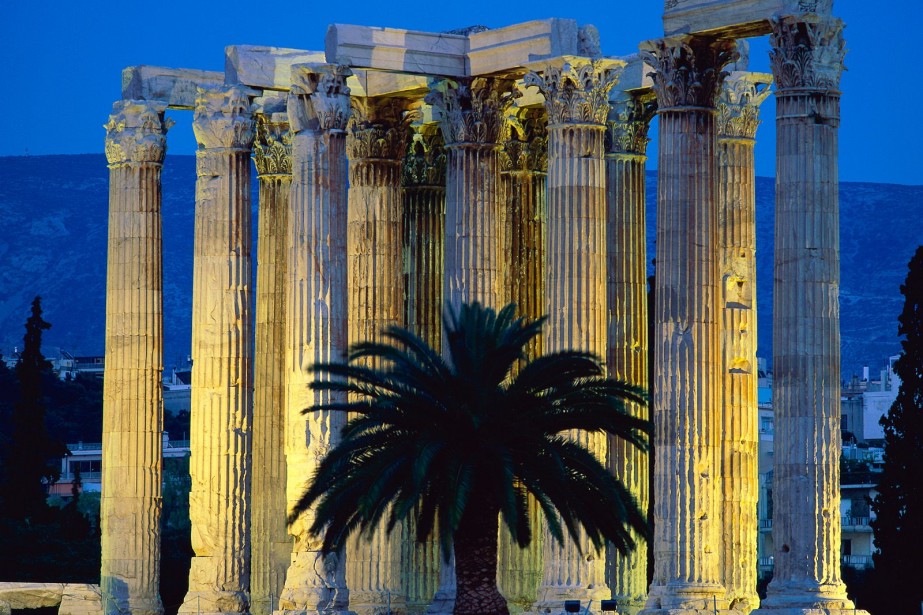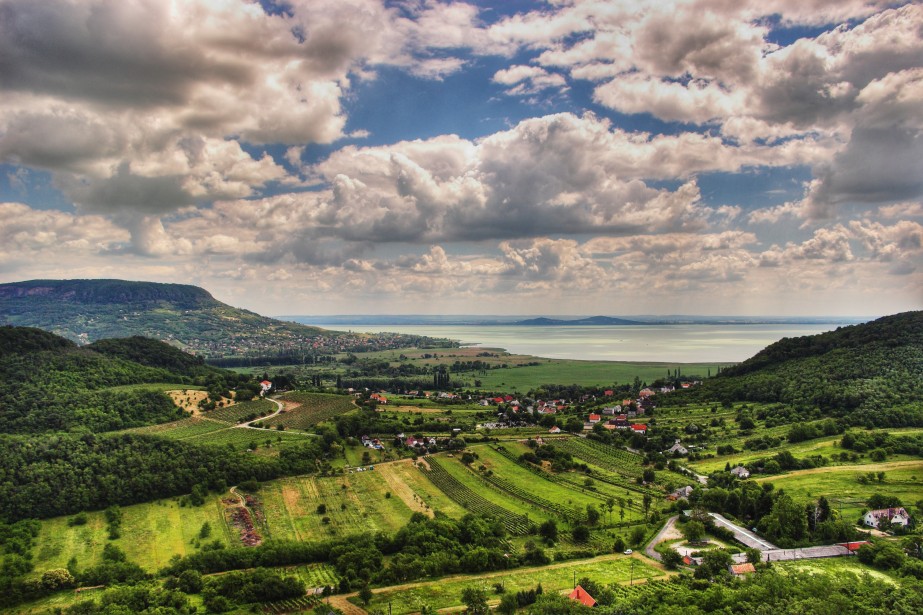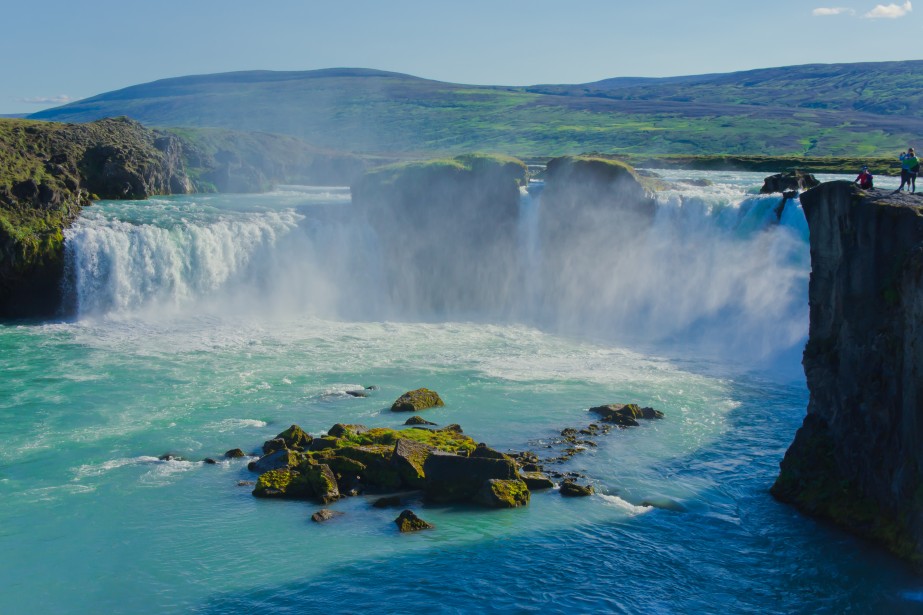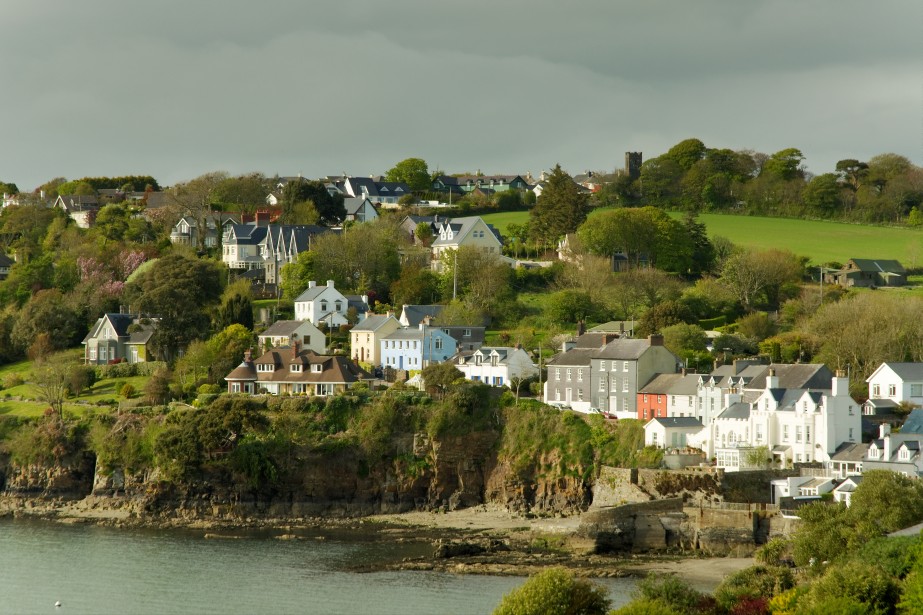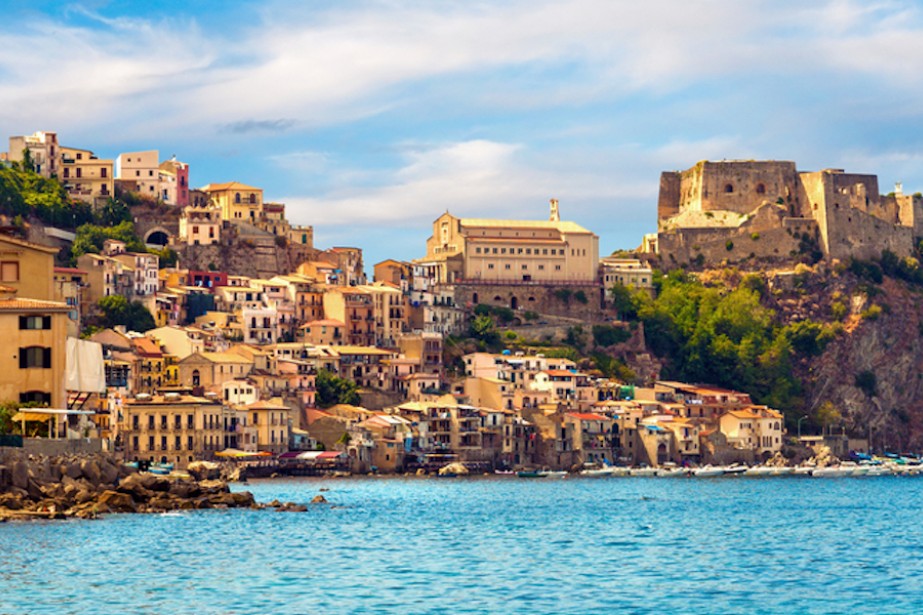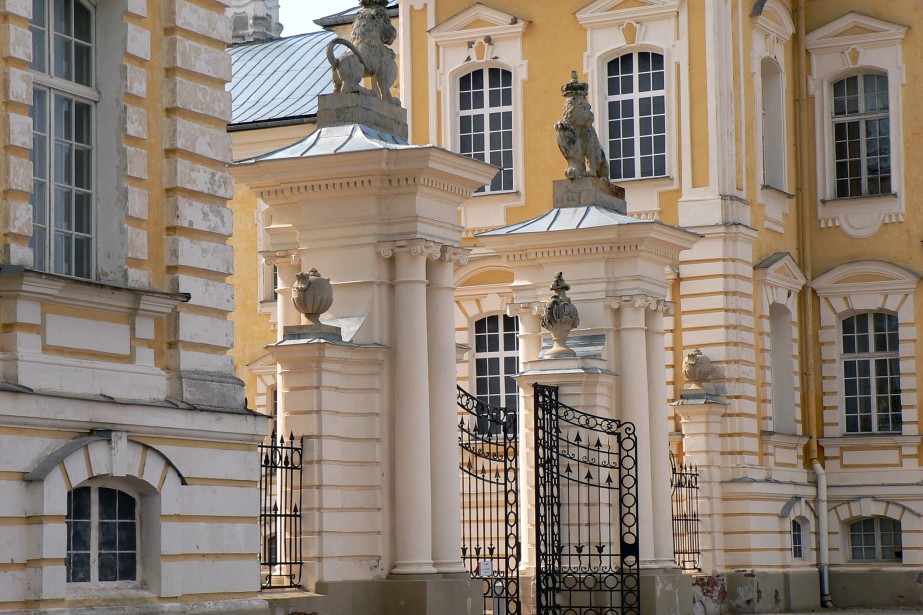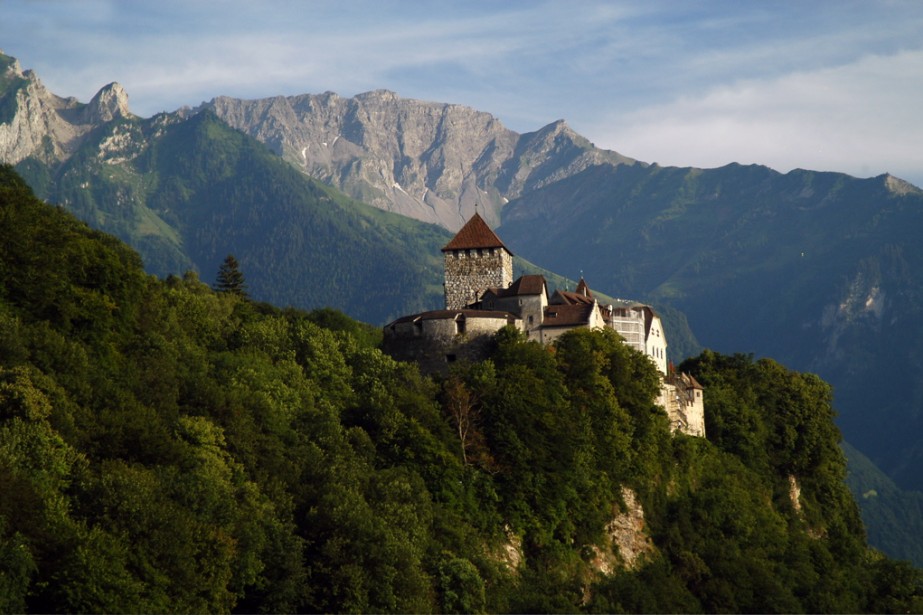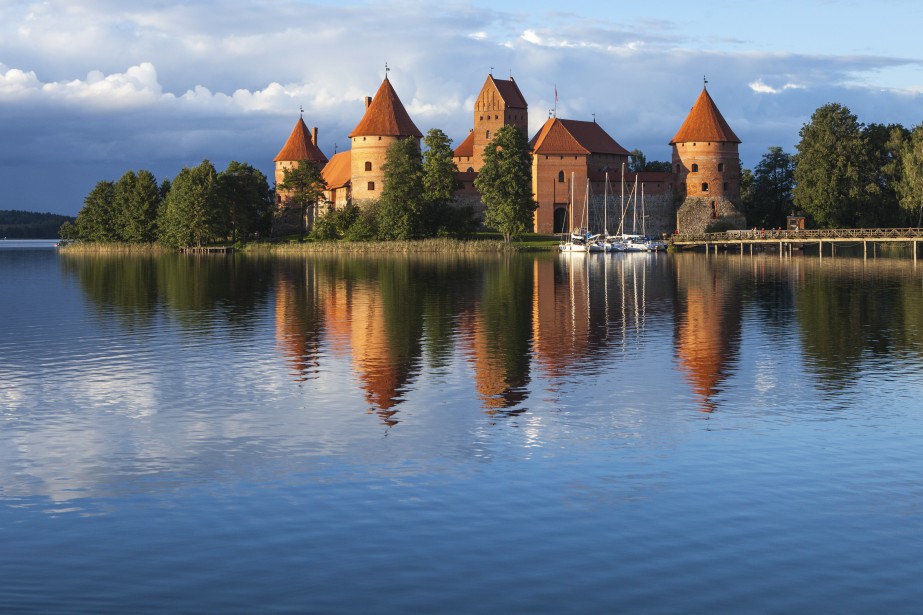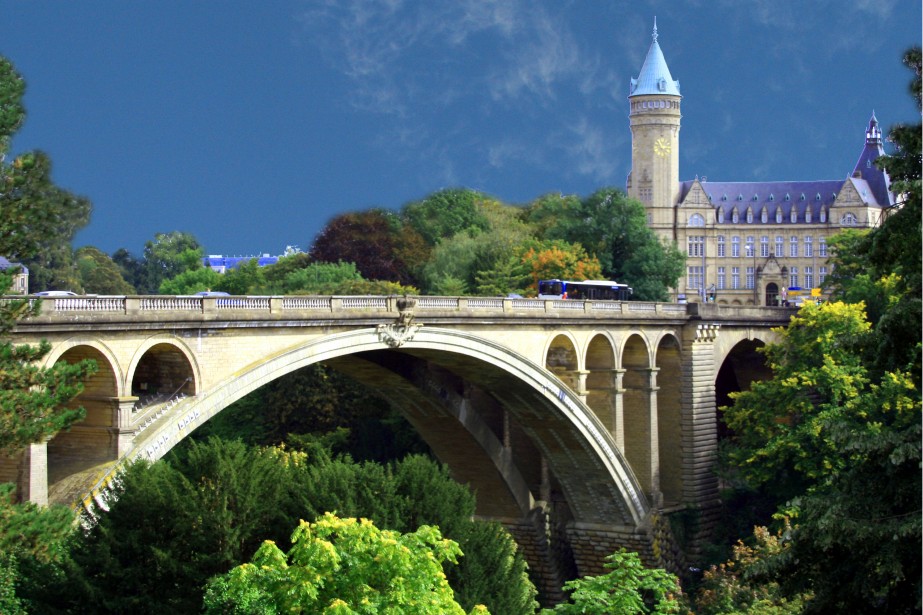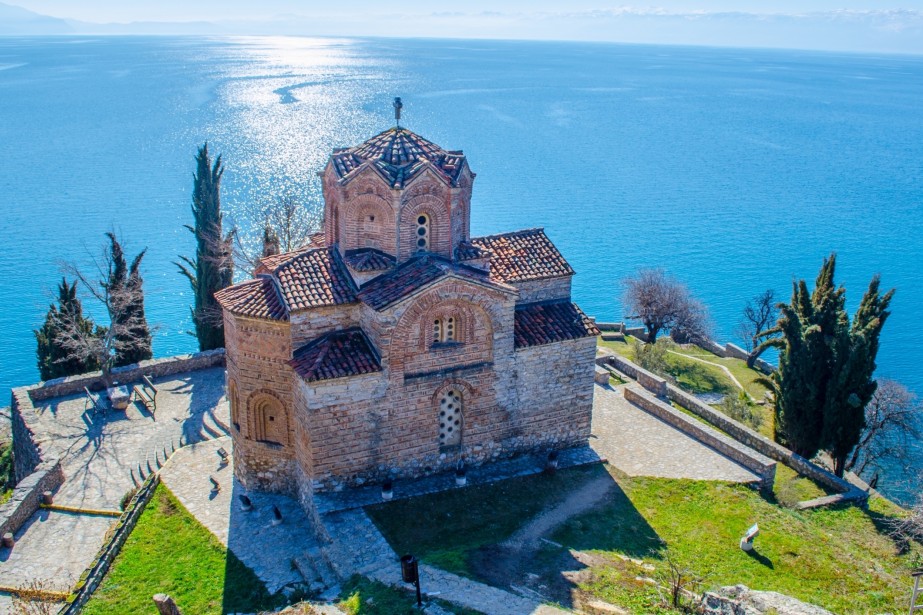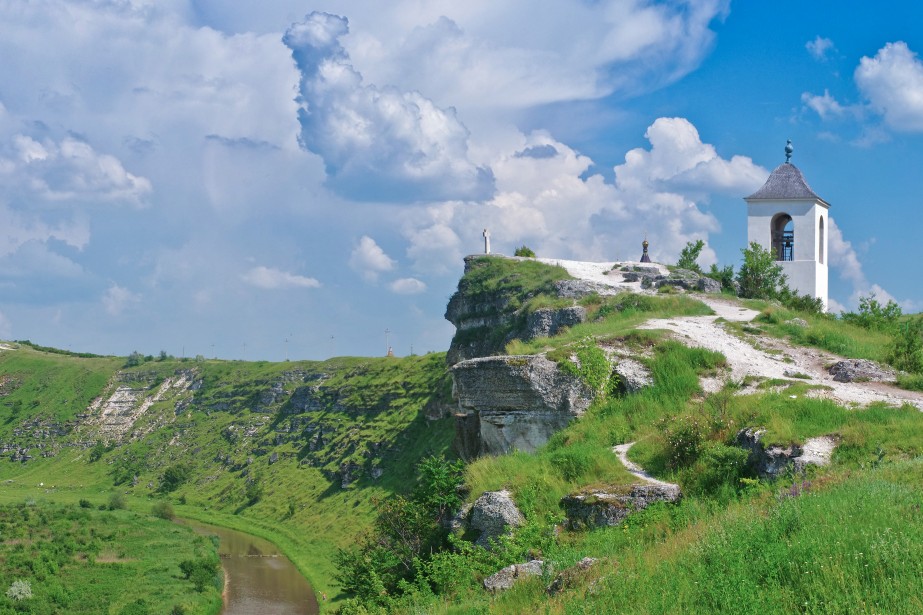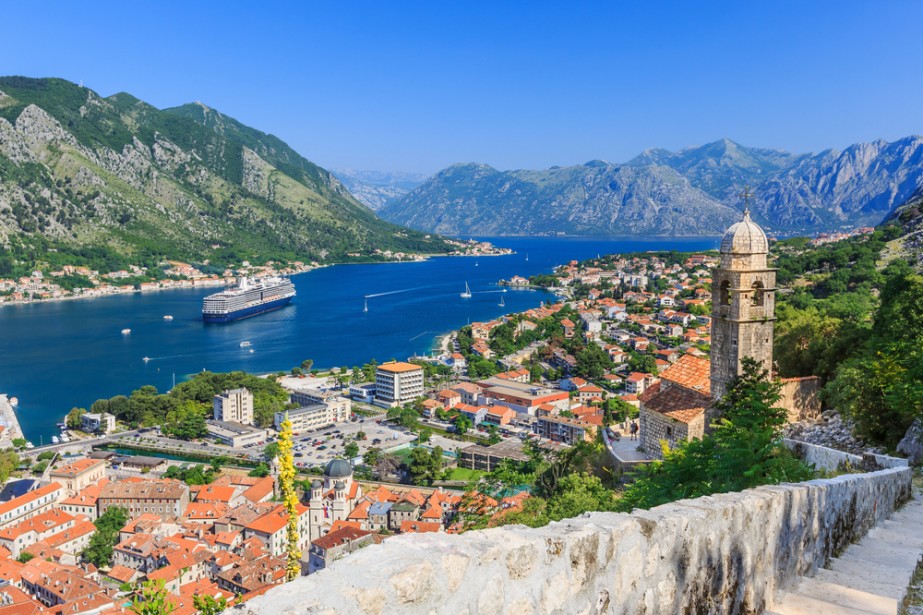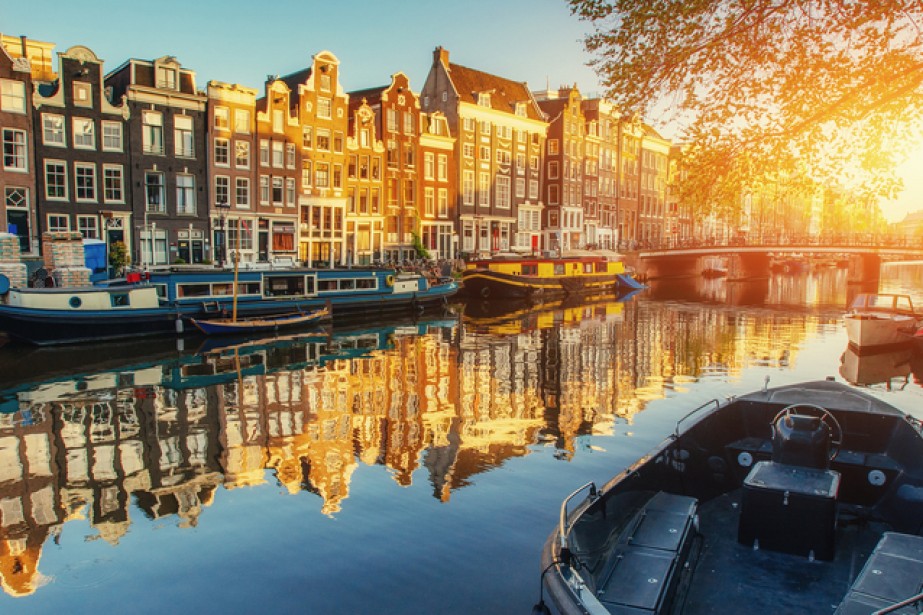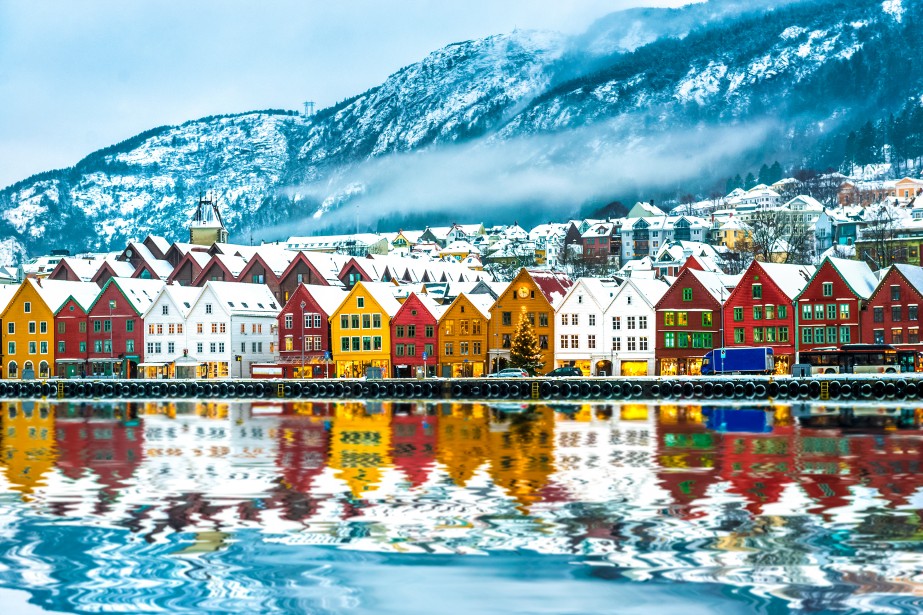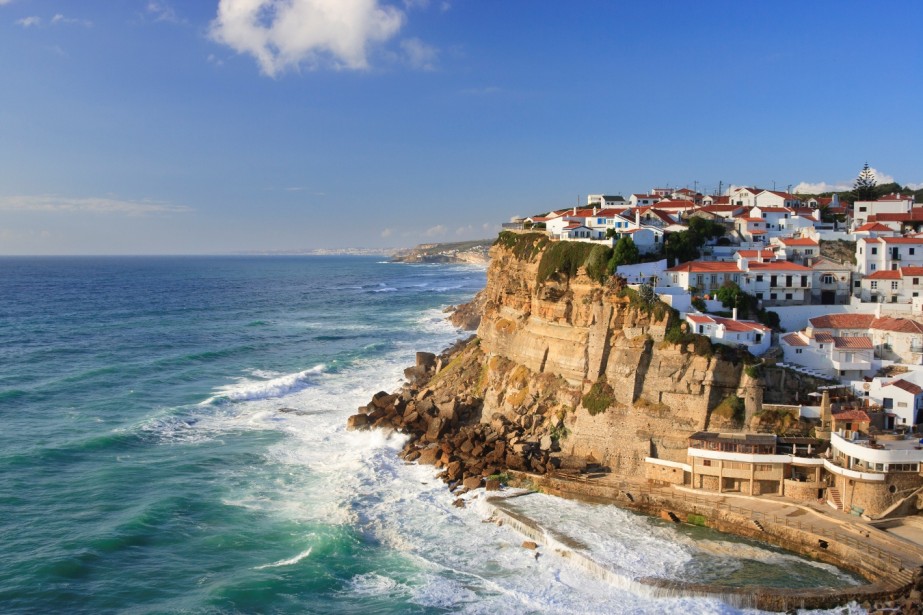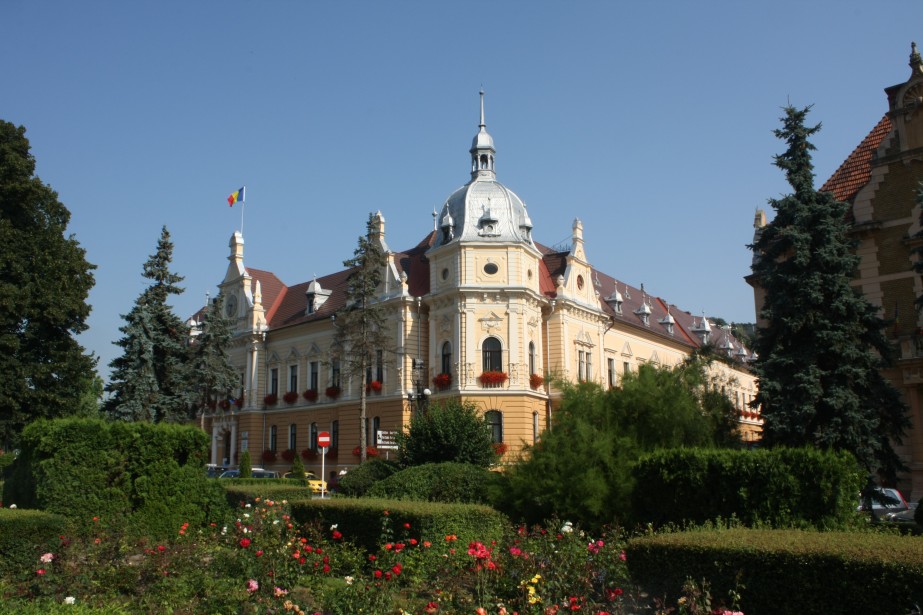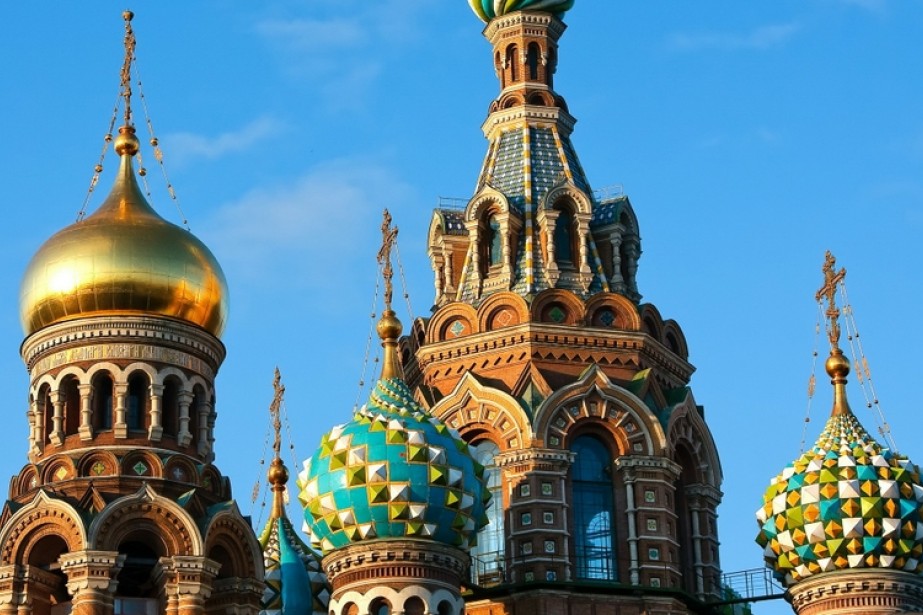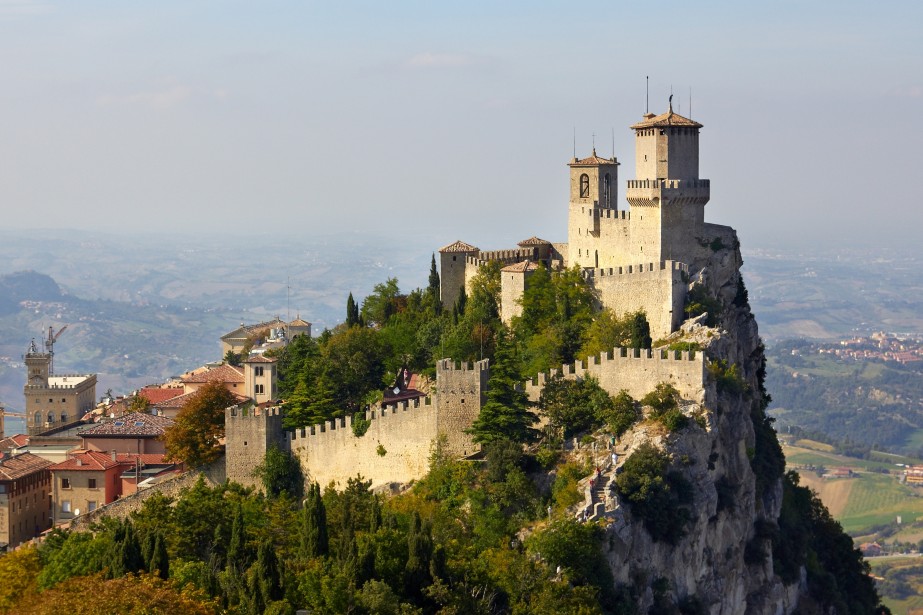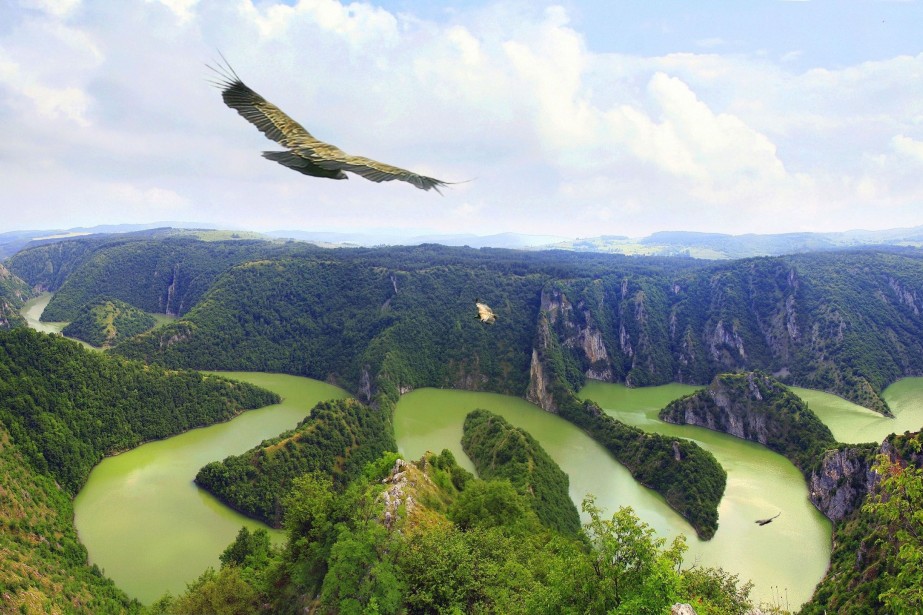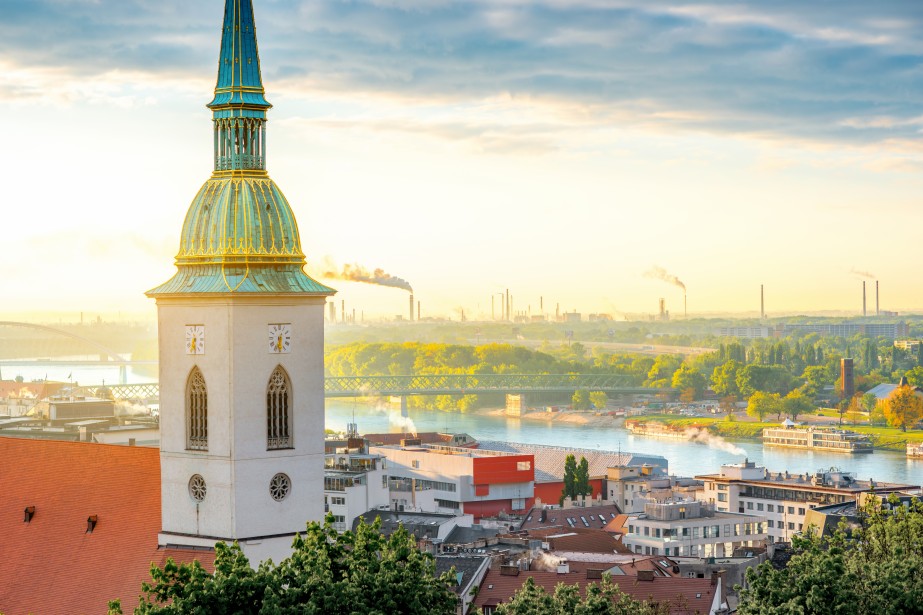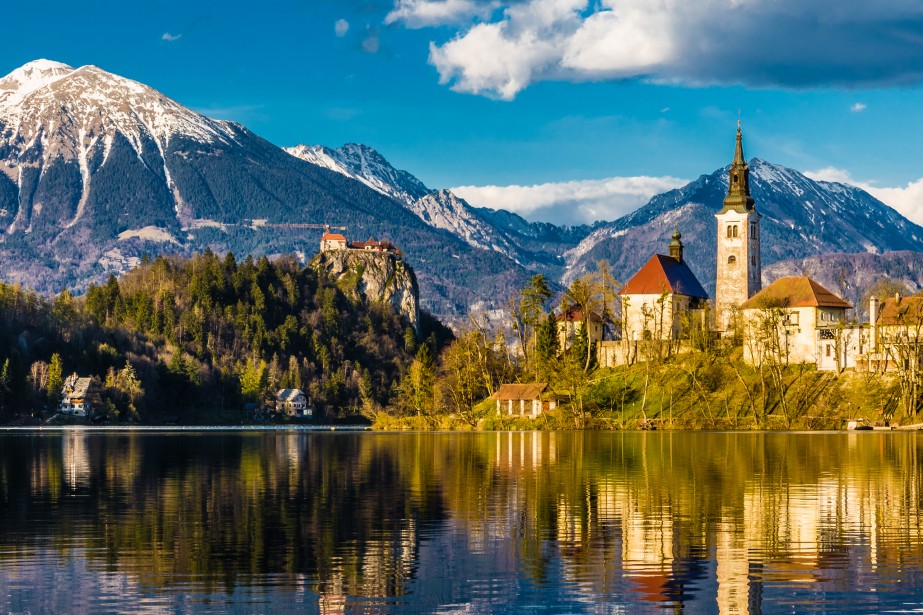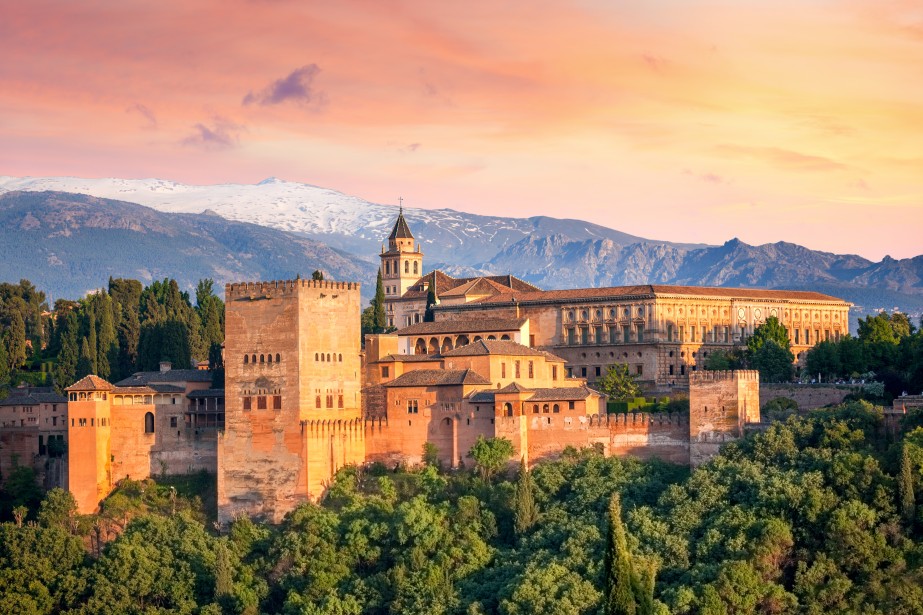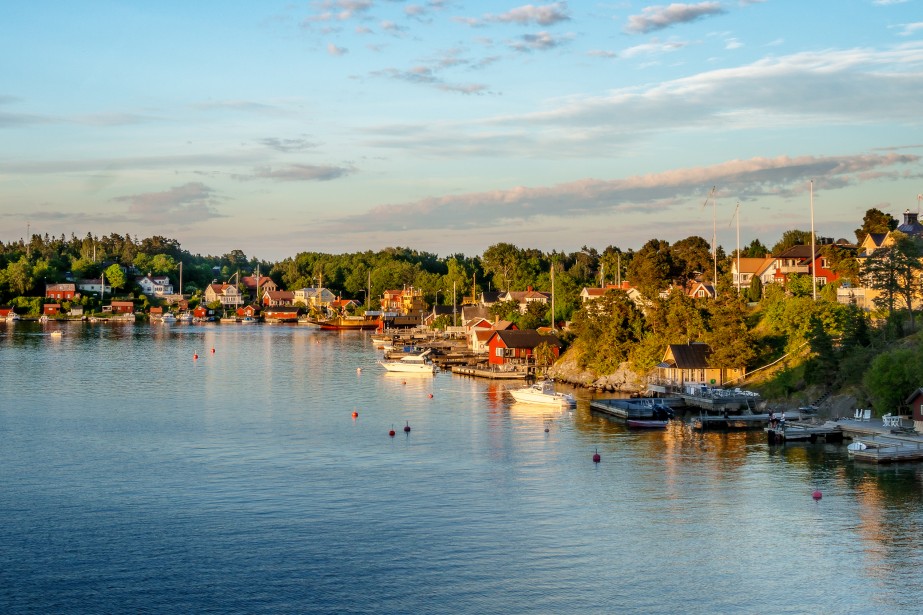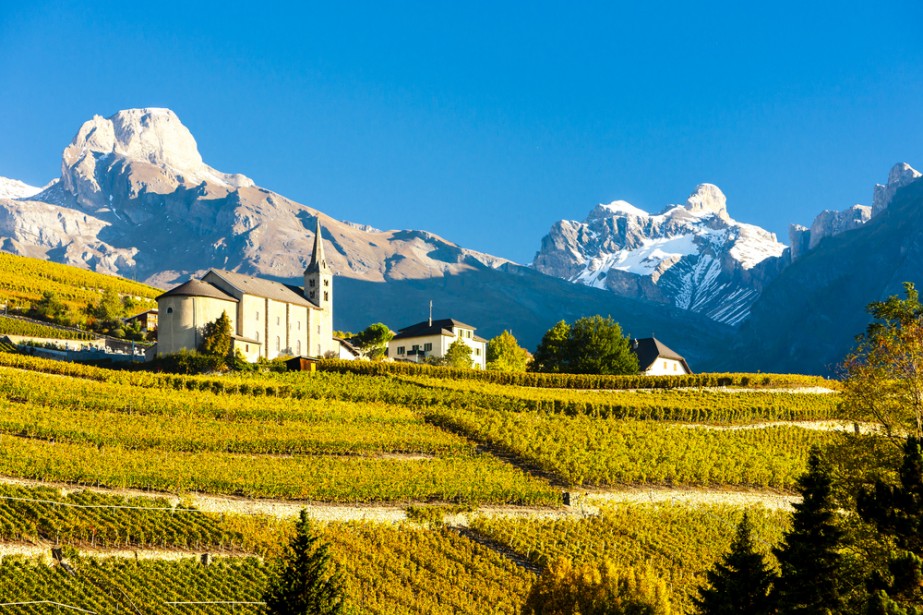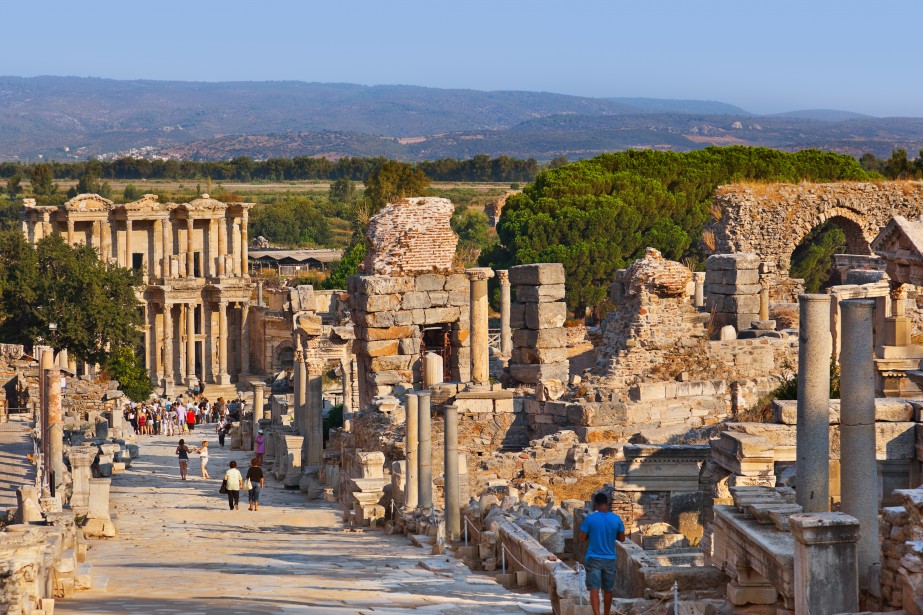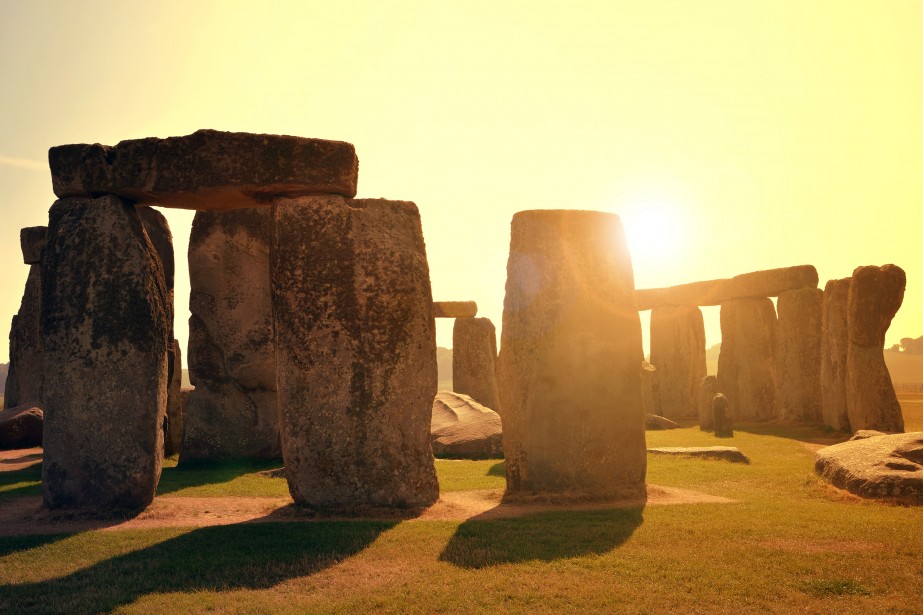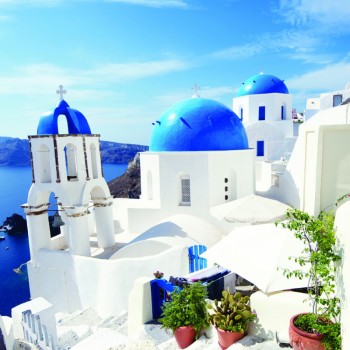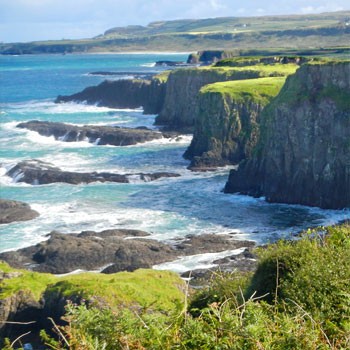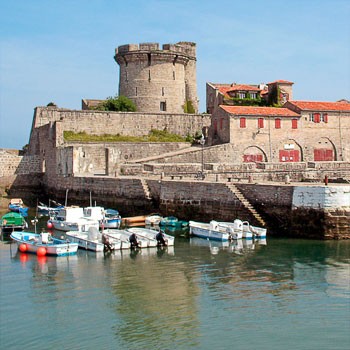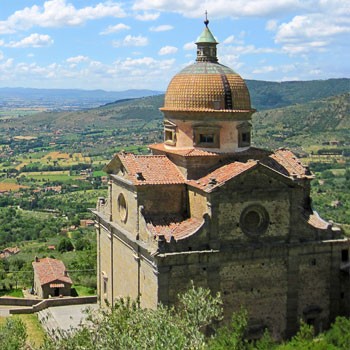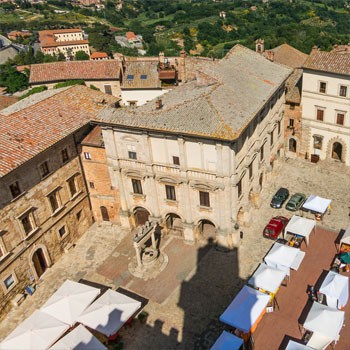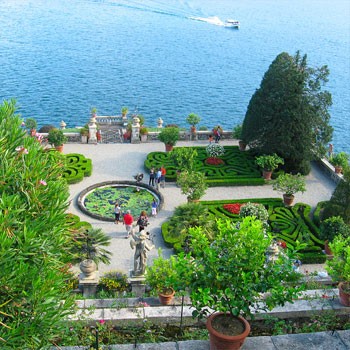Submitted by Adam Sherlip on July 28, 2016
Overview
So much can be said about France, an overview hardly does it justice. With a human history that goes back to the Stone Age and a country that boasts Paris as its capital, France is full of wonders that justify its position as the most visited country in the world.
France is located in Western Europe and shares borders with many European countries: Spain (and tiny Andorra) to the southwest along the Pyrenees, Italy to the southeast, separated by the Alps, Switzerland just north of Italy, followed by a long eastern border with Germany that turns northwesterly to small Luxembourg and then Belgium before finally hitting the English Channel, where France share an extended water border with the UK, that narrows to only about 30 miles (48km) between Calais and Dover, England.
The tiny, independent city-state of Monaco is an enclave located within the confines of France, near the city of Nice and the Italy border, along the Mediterranean Sea. Approximately 120 miles (200km) southwest of Nice and only 70 miles (110km) off the west coast of Italy sits the island of Corsica, just north of Sardinia (a part of Italy). Corsica, the birthplace of Napoleon Bonaparte, has been a part of France since 1768 but has a unique French-Italian hybrid culture that is distinctly Corsican. France also has a number of overseas territories and regions that have representation in the Republic, such as Martinique, Guadeloupe and Guiana (French Guiana).
The North, West and Southeast borders of France are almost entirely on the water, and each coastal region varies dramatically from one another. The aforementioned Mediterranean region of the Côte d’Azur, aka “French Riviera,” in the South of France is home to Marseille, the second largest city in the country, Nice, Saint-Tropez and Monte Carlo (in Monaco). Traverse west along the Pyrenees to the Atlantic and you’ll find the sandy coast of the Aquitane region, with the resort town of Biarritz. The north coast of Normandy and Nord-Pas-de-Calais (and a sliver of Picardy) along the English Channel is full of military history going back to the origins of France. Both coasts meet in the northwest region of Brittany, with its rocky cliffs and distinctly Celtic culture.
A member of the European Union and Eurozone, France is the second largest economy in Europe (after Germany) and the 5th largest in the world. It’s world renowned for cuisine, wine, cheese, fashion, art, architecture, museums, history and sports. There’s so much to see, do and experience in France that a lifetime of visiting may be just enough.
In short, France is a country that shouldn’t be missed!
When to Travel – Weather
France has a diverse climate depending on the region. Much of the country is comfortable throughout the year due to its proximity to the sea. Further inland in the northeast, near the Luxembourg and Germany borders, can be colder in the winters and hotter in the summers. The mountainous regions (such as the Alps and Pyrenees) are popular destinations for alpine skiers and mountaineers in the winter, while the Côte d’Azur has a warm, humid, “Mediterranean” climate in the summer, perfect for beach enthusiasts and sun bathers.
Each region of France has different Peak and off-Peak seasons, but generally, April through October is more popular than November through March, so be sure to plan your travel accordingly (you may want to travel during peak season…or not). Keep in mind that most of France will be on holiday in August.
Food and Drink
French cuisine is so globally-prized that UNESCO listed it as part of the world’s “intangible cultural heritage. From haute cuisine to croque monsieur, foie gras to crepes, there’s nothing you can’t find in France that isn’t delicious.
French cheeses are so good the French export very little of it, proportionally, and those they do export often pale in comparison to the cheeses they keep at home. Camembert de Normandie, Brie de Meaux, Comté, Roquefort, Munster, Cantal and Reblochon are all French regions that not only excel at cheese-making, but do so to such a degree that cheeses are recognized as AOC (Appellation d'Origine Contrôlée) for being specifically from the towns of those names.
French pastries come in many forms, from doughy (croissant, canelé, madeleine) to creamy (crème brulée, éclair, mille-feuille) to fruity (tarte tatin, clafoutis, jams), that there’s simply no way to list them all. Each region specialized in different pastries. Canelé are a specialty around Bordeaux while croissants are top notch in Lyon.
Wine is so closely related with France that it’s hard to grasp just how many varieties exist within the country, beyond the simplistic red, white, rose & sparkling, but each region (such as Bordeaux, Champagne, Rhone, Loire) specializes in wines specific to their terroir (often with AOC certification). Many great French wines are available for under 10€.
The point is, the world wouldn’t be what it was today if not for food and beverage created or refined in France, and the best aspect is that they all pair together perfectly, so no matter where in France you are, you can enjoy the best of French cuisine!
Popular Vacation Spots
There are so many incredible regions and cities to visit in France, it’s impossible to list each one. Here’s a selection of some of the most popular.
Paris – The City of Lights is the most visited city in the world, and for good reason. Paris is home to nearly 100 Michelin-star restaurants, as well as 60+ “Bib Gourmand” restaurants that are considered “exceptional good food at moderate prices.” You can start your day at Notre Dame Cathedral, walk across Pont Neuf, visit the Mona Lisa, Venus de Milo and “Liberty Leading the People” at Le Louvre, then walk along to the Arc de Triomphe via the Champs-Élysées, and after grabbing un café on Montmartre near Sacré-Coeur, finish your long day atop La Tour Eiffel (Eiffel Tower), which sparkles in the evening for 5 minutes at the start of each hour. This touristy day in Paris pales in comparison to spending a week soaking up the atmosphere of this truly magic city, so spend as much time as you can there.
French Riviera – The Côte d’Azur, on the Mediterranean Sea, is home to Marseille, Nice, Cannes, Saint-Tropez, Avignon and Aix-en-Provence. Monaco is also a part of the Côte d’Azur, even though it’s an independent nation, as it falls within France’s borders. Marseille is France’s second largest city, the capital of the Provence-Alpes-Côte d’Azur region, one of the most culturally diverse in Europe, and has a distinct culture that dates back to the Greek Empire. Castles, fortresses, cathedrals, parks, beaches, cliffs and cuisine as diverse as its people, Marseille is a great jumping off point to the other main cities of Provence-Alpes-Côte d’Azur and Langeudoc-Roussillon (to the west & southwest).
Lyon – Lyon is France’s third largest city (second largest metropolitan area), second-richest city, the capital of the Rhône -Alpes region, and a hub for French culture. Located at the confluence of the Saône and Rhône rivers, Lyon has four arrondissements (boroughs) that are UNESCO World Heritage sites: Vieux Lyon (Old Lyon) and Fourvière Hill west of the Saône, and Presqu'île and Croix-Rousse between the rivers. Lyon is considered the culinary and gastronomic center of France due to the influence of Les Mères Lyonnaise (The Mothers of Lyon), who opened restaurants to serve perfected home recipes, the casual Bouchon Lyonnais, where you can enjoy local meats, sausage or pâté paired with local wines (Beaujolais or Rhône-Alpes), and the incredible boulangeries (bakeries) and patisseries (pastry shops) that dot the city. If that wasn’t enough, Lyon is home to the popular Festival of Lights in December, was the birthplace of cinema, and was the capital of Ancient Gaul, and celebrates those with expansive museums that contribute to one of the most culturally rich cities in France, and Europe at large.
Normandy & Brittany – There is enough history and culture in these two neighboring regions that combining them isn’t really fair to either, especially considering how different their cultures are. Brittany (Bretagne, Breizh) is arguably the most culturally distinct region in France, and that’s saying something. Founded by the Britons (via today’s Great Britain) between the 5th & 7th Centuries, they carried the Celtic language of Breton with them, which remains alive today. Brittany’s largest cities are Brest, located near the tip of the Breton peninsula, and the regional capital of Rennes, much further inland. Nantes, in the neighboring region of Pays de la Loire, is culturally Breton, but has been separated from its home after World War II. East of Brittany is Normandy, most noted for the Allied invasion of its beaches during World War II, which is unavoidable if you plan to visit this area. The Normandy American Cemetery and Memorial at Colleville-sur-Mer, by Omaha Beach, is a somber but powerful reminder of the not-too-distant past. Beyond the history, Brittany and Normandy both enjoy seafood, especially shellfish. Apples from both regions contribute to great desserts and fermented beverages, with hard ciders from Normandy leading the charge, which can be enjoyed with the crepe, invented in Brittany.
Practical Info
As a founding member of the European Union and Eurozone, France uses the Euro (€) as it’s only currency. The Euro has paper bills in denominations of 500€, 200€, 100€, 50€, 20€, 10€ & 5€ and coins 2€, 1€, 50 cents, 20c, 10c, 5c, 2c & 1c. 100 Euro cents equals 1 Euro.
The Euro is used in most, but not all of France’s neighboring countries. Belgium, Luxembourg, Germany, Italy, Spain, Andorra and Monaco all accept Euros, so there is no need to exchange currencies when travelling to/from one of these countries and France. On the other hand, the United Kingdom is not a member of the Eurozone, and therefore still uses the British Pound (£), while Switzerland has kept the Swiss Franc (CHF), as they are neither a member of the European Union nor the Eurozone. The most touristy businesses and/or shops near borders might accept these currencies (and US Dollars), but banks will exchange notes from each of these currencies at a better rate than any business and must clearly state their exchange rates and commissions. Any business with a sign that says “Change” is the place to go to exchange.
ATMs (distributeurs automatiques de billets) are readily available around France and accept cards with the Visa, Mastercard, Cirrus and/or Plus logo. In major cities you may find American Express-specific ATMs. This is the most effective, and typically least expensive, option for getting Euros in France. If you have a card issued by Mastercard or Visa, be sure to withdraw from your savings or checking account to avoid paying any cash advance fees from your credit card.
Travelers checks are becoming less common around the Eurozone, especially in Western Europe, and may come with service charges, so don’t bother.
For restaurants, prices are typically different for those who sit versus those who take food to go. For sit-down restaurants, 15% service charges (service compris) are often added to the bill. In this case, tipping is not necessary, but leaving 2-3% is welcome if service has been very good. If you’ve paid with cash, leaving the excess change is also appreciated.
Tipping for service jobs, such as porters, taxi drivers, hairdressers, wash room attendants and tour guides is customary and appreciated.

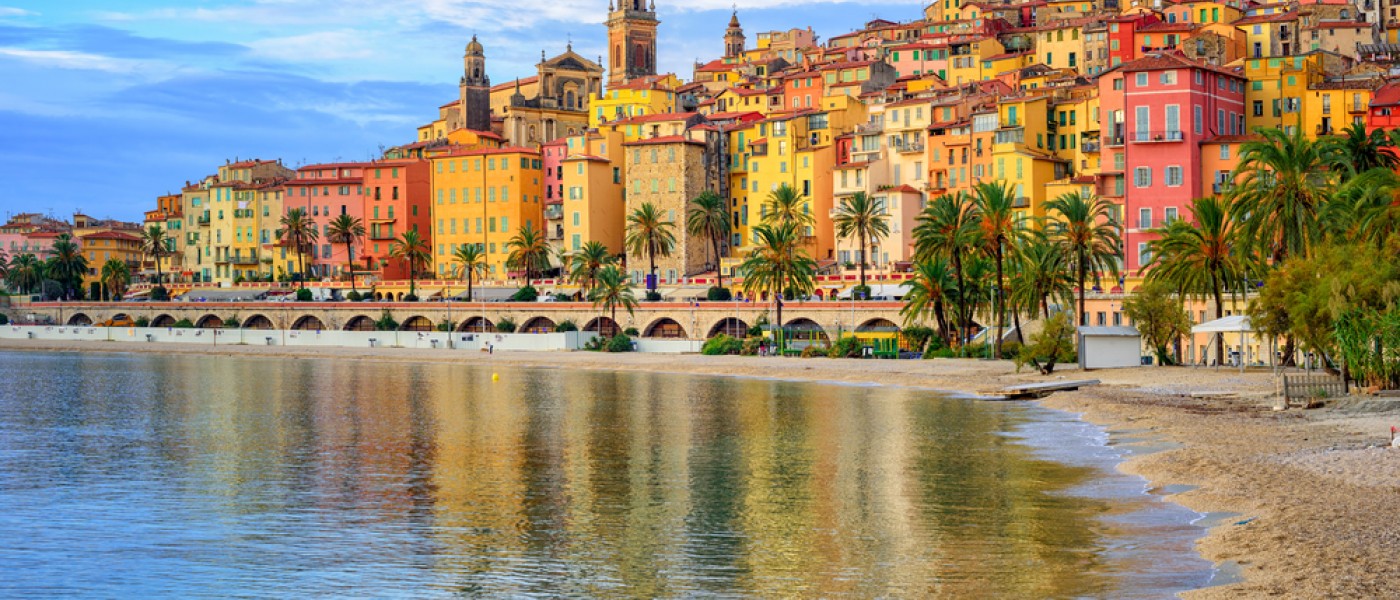
 ')">
')">